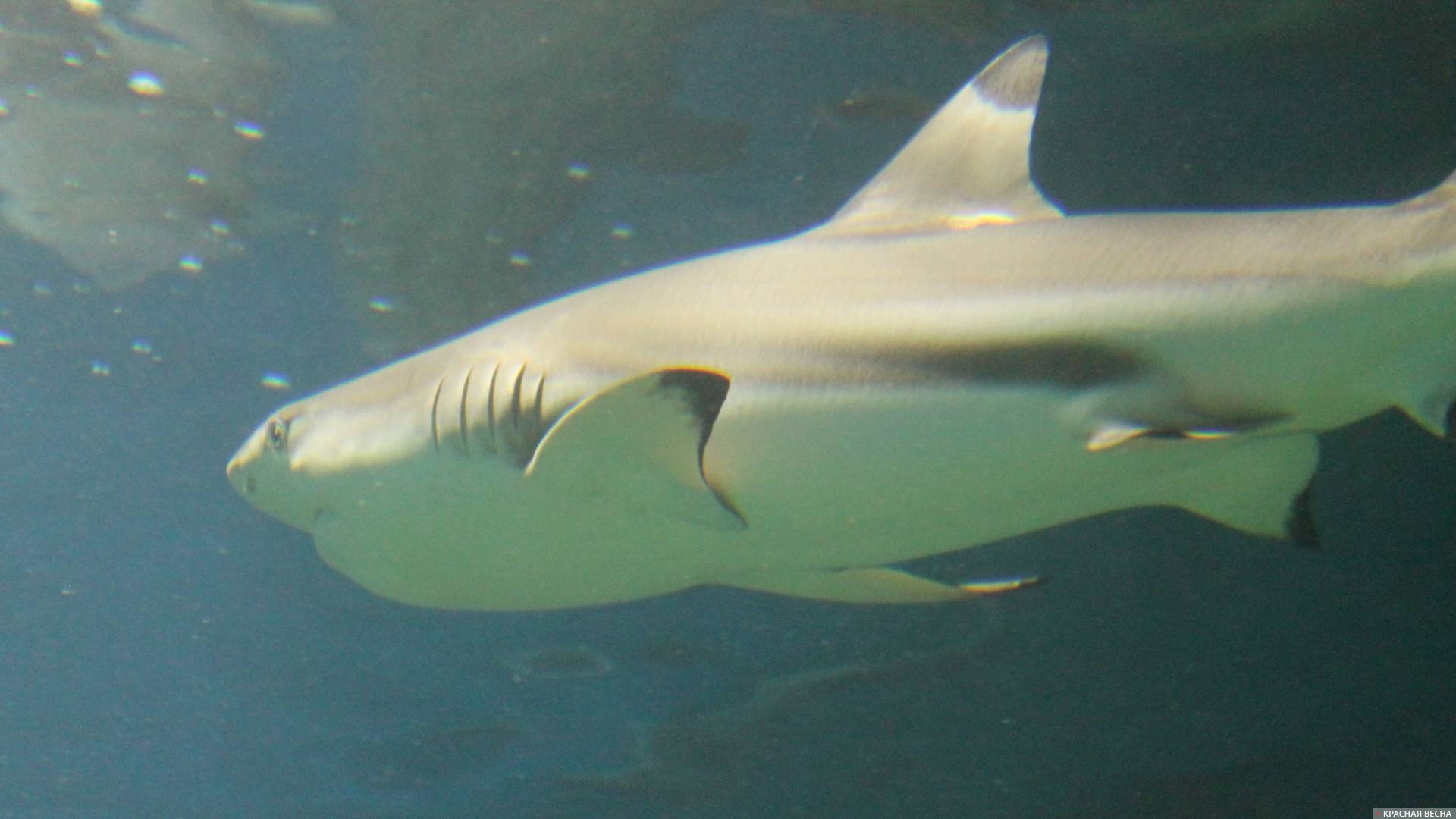
A small silky shark of this species surpassed a record of 27 thousand kilometers Carcharhinus falciformis for a year and a half in the Pacific Ocean, surprising researchers who tracked its movements, according to a published report, AGI reported May 27.
The adult silky shark, nicknamed “Genie” after the late environmentalist Dr. Eugenie Clarke, was tagged with a fin-mounted satellite transmitter near Wolf Island, north of the Galapagos Marine Reserve, in July 2021. Subsequently, for approximately a year and a half (546 days), scientists who followed its movements recorded that it traveled more than 27,666 km.
The study broke previous movement records almost six times, illustrating the sharks’ widespread use of the open ocean. This epic journey included two major westward migrations (halfway to Hawaii), a distance of 4,755 kilometers from the landmark in international waters.
“Understanding the migratory routes of silky sharks and other endangered pelagic sharks is critical to developing effective strategies for their recovery.said Dr. Pelayo Salinas de León of the Charles Darwin Foundation. — Sharks have been swimming the world’s oceans for hundreds of millions of years, and the map boundaries we humans have set on paper mean nothing for their long-term migrations through international fishing waters, which puts you at significant risk.”.
He noted that silky sharks are particularly vulnerable to overfishing due to their slow growth, late maturity and high demand in the global shark fin trade. Listed as Vulnerable on the IUCN Red List of Threatened Species, they are one of the most frequently caught sharks in both artisanal and industrial fishing.
Surprisingly, more than 99% of genie tracking incidents occurred in international waters, well outside the exclusive economic zone administered by Ecuador around the Galapagos Islands, highlighting the urgent need for international cooperation to protect these long-lived animals. distance, the scientists noted.
“Obtaining shark tracks with good location resolution throughout the year is quite difficult. “In this case, we were able to track Jinn for a year and a half, identifying repeated and unexpectedly consistent travel patterns over large distances, reaching distant coasts, far beyond national management and current marine protected areas.”added Dr Mahmud Shivji of SOSF.
Source: Rossa Primavera
I am Michael Melvin, an experienced news writer with a passion for uncovering stories and bringing them to the public. I have been working in the news industry for over five years now, and my work has been published on multiple websites. As an author at 24 News Reporters, I cover world section of current events stories that are both informative and captivating to read.
